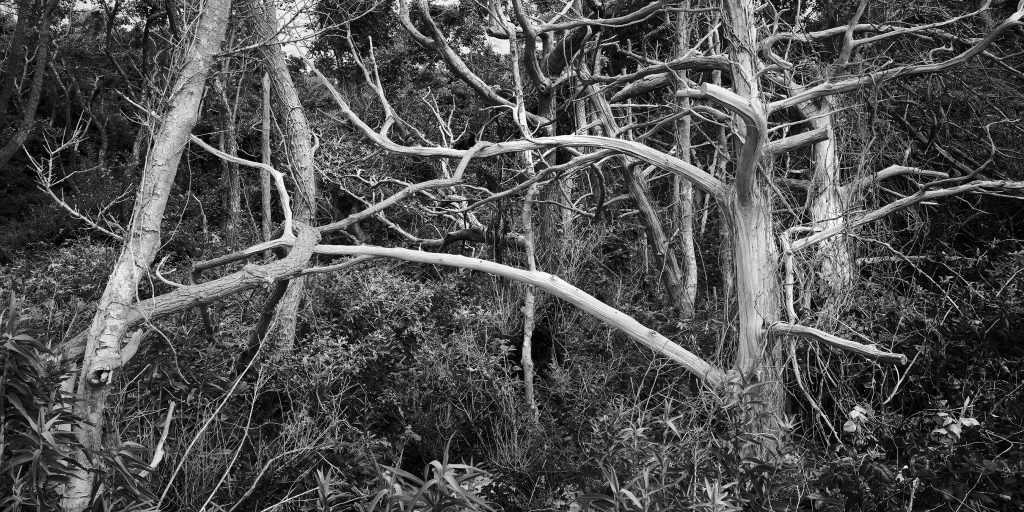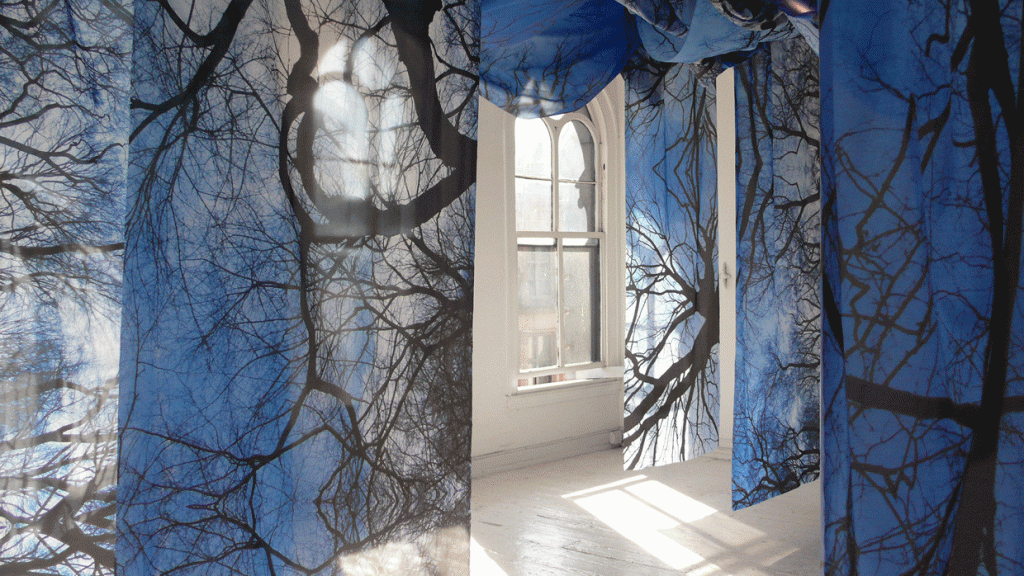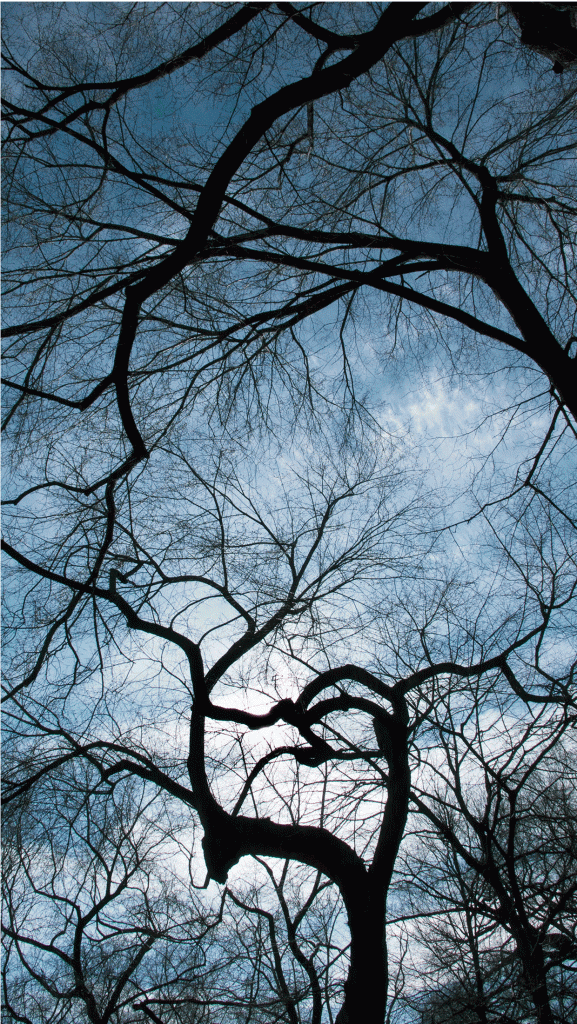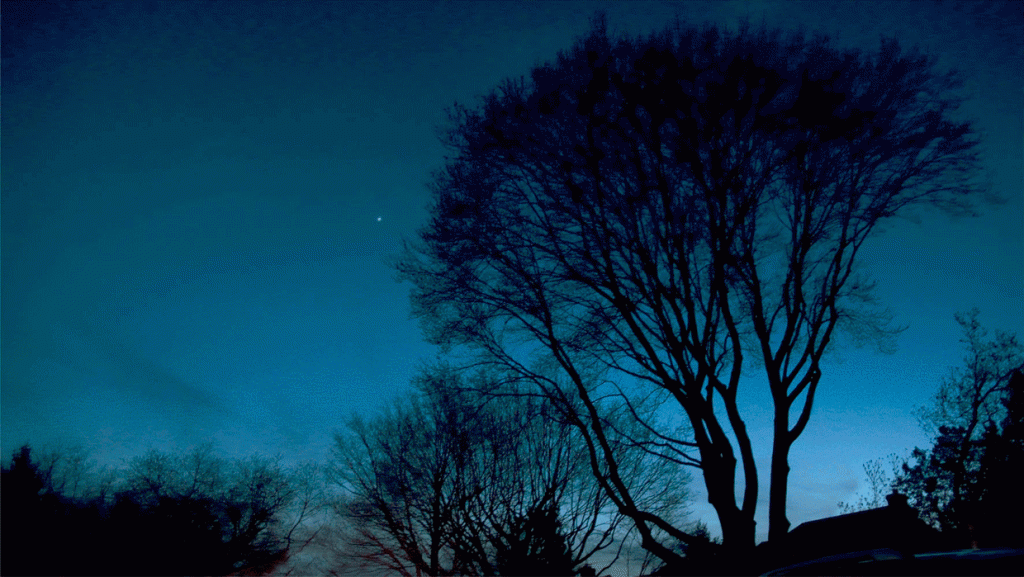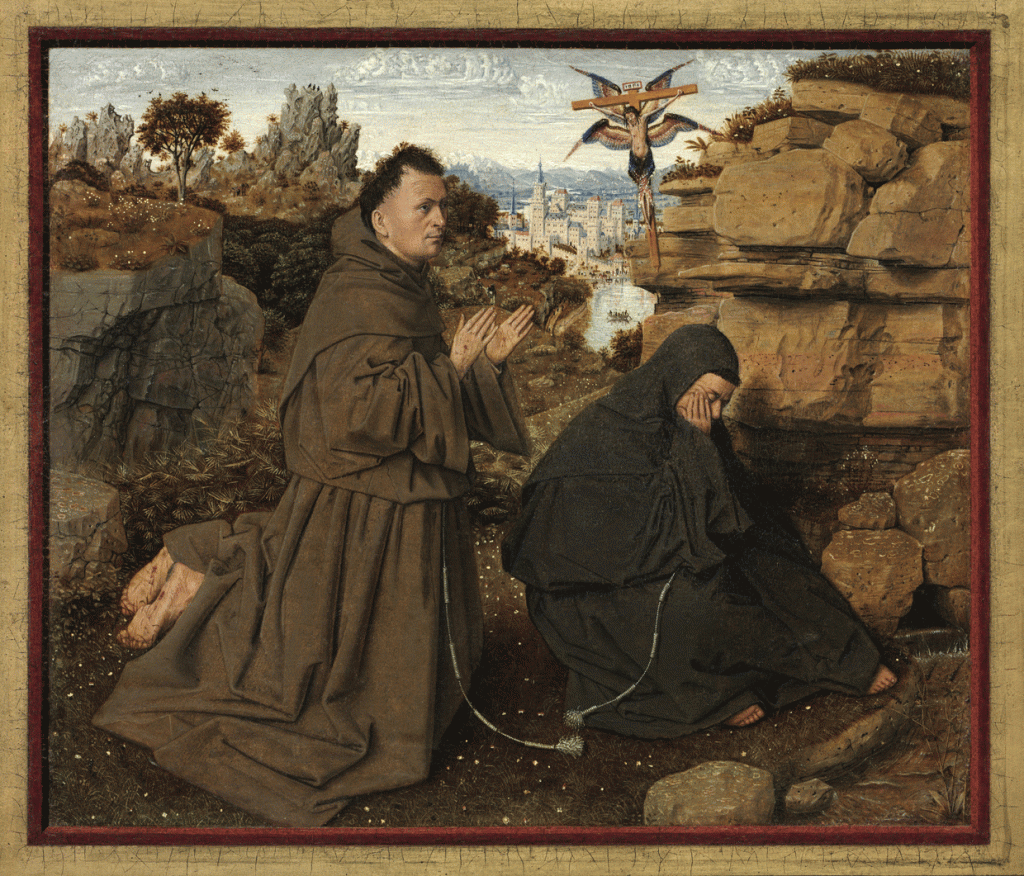 The War of Independence, oil on canvas, 54″ x 60″
The War of Independence, oil on canvas, 54″ x 60″
Paradigm Gallery + Studio is pleased to present
Far from the Tree
A solo exhibition of new oil paintings by artist Katherine Fraser on view February 23 – April 21, 2018.
In her third solo exhibition with the gallery, Katherine Fraser draws inspiration for Far from the Tree from fables and explores what it means to have control over our own destinies. Universally-known stories and endings are suddenly given the ability to change. The artist’s most cohesive series to date, each character is presented with the agency to alter their own outcomes.
In the work, The War of Independence, the natural beauty of the Acadian National Park
acts as the backdrop. Having grown up in rural Maine, the landscape is a reference to
the artist’s childhood – a symbol of a time when Fraser felt her most strong and
independent.
Fraser says, “When I use the rural landscape in my paintings it symbolizes
the homeland; I use it to create a feeling of peace and protection. I mostly paint solitary
figures, and being alone in nature is the best kind of alone. In nature I feel most myself,
vibrant, and at one with the world.”
Fraser’s figurative compositions ‘depict moments of quiet reflection and insight, of wonder, vulnerability, yearning, determination, humility, strength, and growth’. She cites realist painters Edward Hopper and Bo Bartlett as influences, but also sees parallels between her work and photographers like: Diane Arbus, Mary Ellen Mark and Sally Mann. All of these artists act as storytellers, capturing individuals in moments and settings with a great deal of intimacy.
By Example, oil on canvas, 56″ x 74″
Classically trained, Fraser exclusively works with oil paint for its flexibility and luminosity, striving to make her paintings beautiful, but also to emotionally engage with the viewer. Fraser likes to draw attention to dynamic and conflicting emotions within individual characters. In her overall practice she seeks to portray ‘our continual need to reckon expectations with truth, and the struggles we endure to feel satisfaction with our choices’.
In Far from the Tree, Fraser asks the viewers, “how much power do we really have to
change the narratives of our own lives”?
ABOUT PARADIGM GALLERY + STUDIO
Established February 2010, Paradigm Gallery + Studio started as a project between co-
founders and curators, Jason Chen and Sara McCorriston, to create a space to make artwork, exhibit the work of their peers, and invite the members of the local community to make their own artwork in a welcoming gallery setting. Over the years, Paradigm Gallery + Studio has become a gallery of diverse contemporary artwork from around the world, while maintaining a focus on Philadelphia artists.
ABOUT KATHERINE FRASER
Katherine Fraser has been exhibited in galleries and museums throughout the United
States. She is a graduate of the Pennsylvania Academy of the Fine Arts and of the University of Pennsylvania. As a student she received the Thomas Eakins Painting prize, the Cecelia Beaux Portrait prize, and the William Emlen Cresson Memorial Travel Award, among others. Since graduating in 2002, she has received awards including the Lucy Glick Award and the Victor Klein Family Award. Her work has been published in Studio Visit Magazine, Philadelphia Weekly, Die Blumen die Frauen, The Fertile Source, New American Paintings, The Southern Review, the Best of American Oil Painting, and more. Her work may be found in many permanent and private collectionsmnationally and abroad.
Paradigm Gallery + Studio 746 S. 4th Street, Philadelphia, PA, 10147
Thank you to Madison Fishman for the content of this post.
Like DoNArTNeWs Philadelphia Art News Blog on facebook
Follow DoN on Twitter @DoNNieBeat58
@donniebeat on Instagram
Affiliate Marketing Disclosure Statement
Donate via safe and secure PayPal in the sidebar.



